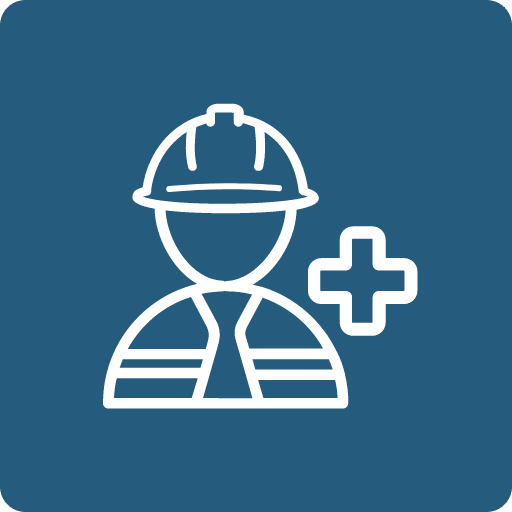Introduction

https://enablingvillage.sg/tenants-all/caregivers-pod/
To be a carer is often to experience in the long-term tensions and time constraints. These constraints lead caregivers to choices, renunciations, and adjustment of their lives: reduction of sleep time, reduction of "non-priority" activities (leisure, outings, social relations), reduction of working time or even suspension of professional activity to devote themselves to the person helped, for lack of other solution deemed satisfactory. Stress, social isolation, fatigue can lead to exhaustion of the caregiver detrimental to his health but also to the quality of his relationship with the loved one helped and his accompaniment.
The resulting risk of abuse or suicidal risk reinforces the imperative of support for caregivers. The strong expectation of people with disabilities and their loved ones is to be able to access diversified reception methods that are more flexible and focused on home life projects. The approach "an accompanied response for all" and the plan for the evolution of the medico-social offer must be at the service of the freedom of choice of individuals and their families. It is therefore necessary to develop modular responses in institutions (day care, sequential reception, trial stays, respite stays) and at home by proposing a link between these two types of support.
Task

Possible future
https://www.possible-future.com/projets/la-ressourcerie-un-lieu-pour-soutenir-les-aidants/
STRUCTURING AN ADAPTED REPIT OFFER – POSSIBLE ACTIONS
Supporting caregivers therefore requires access to these devices and in particular to respite structures, which makes it possible to unload them on a daily basis by offering flexible relays adapted to their needs. Emergency redress mechanisms must also be developed to avoid the risk of termination when a caregiver is faced with an intense level of exhaustion, fears that he or she will not be able to manage the difficulties alone or during an unforeseeable absence (related to hospitalization for example).
In addition, the development of inclusive housing, at a distance from residential care as well as housing in one's family or in a fully autonomous ordinary habitat, is one of the elements to diversify the offer and thus expand the range of choices offered to people with disabilities. The multiplication of these formulas of accompanied housing will allow caregivers, especially exhausted ones, to be able to have their own spaces for having a rest.
Possible actions include:
- Think about reserved spaces before the design of premises (houses or apartments), with studies on the evaluation and modeling of responses in accommodation in all its forms taking into account the person to be cared for and the caregiver, providing separate spaces. The role of architects and designers is therefore important, to create these "reserved spaces" for caregivers from the outset (when possible
- Rearrange the existing one to arrive at action 1; there may be real opportunities for the transformation of the existing offer and the reorganization of existing apartments and houses. In this respect, the role of architects and designers is to promote actions of redevelopment of the premises to achieve this.
- Evaluate the use of new technologies to equip existing apartments and houses to improve communication means.
- Enhancing the safety of people with disabilities living at home without the permanent physical presence of caregivers, by allowing them to be absent.
- Organize temporary relay services for caregivers at home to allow caregivers of the elderly and people with disabilities to be temporarily absent.
- Respect spaces of intimacy for caregivers, to find calm so that they rest (without noise, without other interaction).
Process
It is better way to implement this module in groups of participants in order to stimulate interaction between caregivers on their reactions to the content of this module.
Process: Just get them together, make them react and ask the following questions:
- What have you learnt?
- Try to implement these guidelines in your day-to-day life as caregivers?
- Do you have some examples of such “caregivers’ spaces?
- What are the positive and the negative aspects of these spaces?
Conclusion
The caregivers’ situation is key on the long term. Focusing on young carers needs, it is important that caregivers also feel a little at home when they help people in difficulty on the spot. They need privacy, calm, relaxation and also ways to communicate. It is also the best way to be operational in the long term.
The role of architects and designers is therefore important, to create these "reserved spaces" for caregivers from the outset (when possible), or to promote actions of redevelopment of the premises to achieve this.
Evaluation
- Understand the importance for caregivers to have a positive impact on their role helps caregivers to be able to isolate and recharge their batteries on site, in residences or apartments.
- Learning about actions in order to promote the creation and use of “reserved space or village” for caregivers and groups of caregivers.
- Offering adequate solutions for each need in each situation.
- Acquisition of practical life skills, learn and work collaboratively.
- Acquisition of reflex











